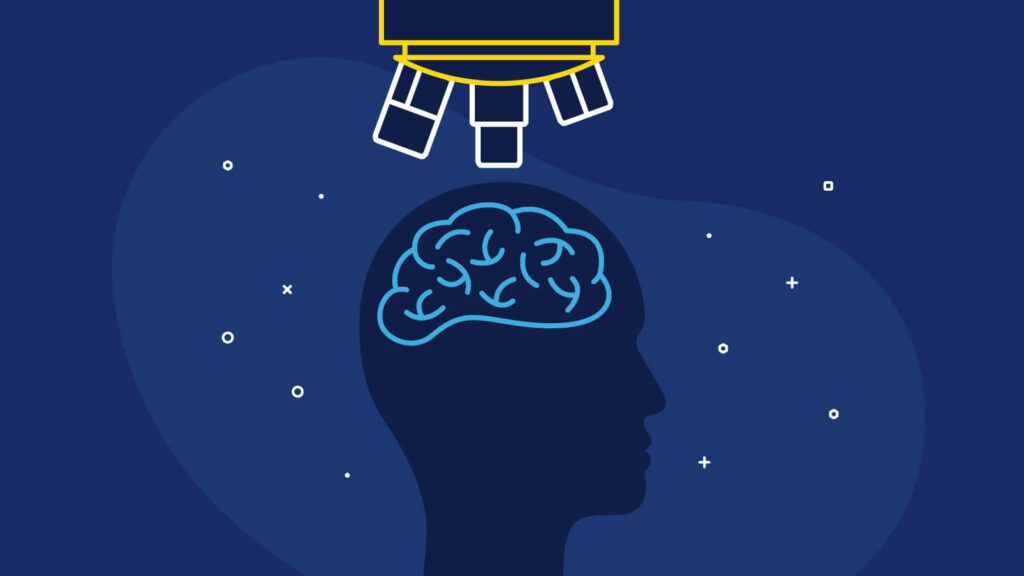
- What kind of interaction would the video require from your students? Does it force them to respond in some way (inherent)?
The youtube video involves minimal interaction from our students. At the end of the video, the speaker asks the viewers to reflect on a list of questions - In what way are they likely to respond to the video on their own, e.g. make notes, do an activity, or think about the topic (learner-generated)?
The speaker in the video discusses various points about the topic and therefore, students are most likely to categorize different parts of the video and make notes on each of them. At the end of the video, when the speaker asks to reflect on a few questions, the students are likely to pause the video and take a few moments to collect their thoughts on the questions asked. - What activity could you suggest that they do, after they have watched the video (designed)? What type of knowledge or skill would that activity help develop? What medium or technology would students use to do the activity?
Although note-taking is a great strategy to highlight key points and retain information, students can use flashcards to test their retention and improve memory consolidation. I would create a set of flashcards for each topic that was discussed in the video. Then, I would create a group of 2-3 students who are prompted to discuss what they learnt in the video through a list of questions printed on a handout that is given to them before they watch the video. Discussing the information that they learnt from the video would further help in the consolidation of the concepts and students may also be able to identify areas where they need aid in understanding the material. - How would students get feedback on the activity that you set? What medium or technology would they and/or you use for getting and giving feedback on their activity?
After a period of time (about a week or so), I would design a quiz that permits trials for a correct response. The quiz can be accessed by students on the course website. I would create the quiz in such a way that at the end of the quiz, a prompt pops up which explains why the (correct) response is correct and why the other options are incorrect responses. At the end of the quiz, I would provide personalized feedback for each student and students are prompted to reach out to schedule a 1:1 meeting to go over the concepts they are having trouble with. - How much work for you would that activity cause? Would the work be both manageable and worthwhile? Could the activity be scaled for larger numbers of students?
The activity should take the students about 20 minutes in total. The work is both manageable and worthwhile and can be scaled for a larger number of students as it is an online quiz accessible by WiFi and a browser. For students who may have any potential barriers, I would ensure that the activity is equally accessible by them. - How could the video have been designed to generate more or better activity from viewers or students?
Listening to audio continuously for 10 minutes can be monotonous and boring. It can be made more interactive and engaging by adding features such as poll questions via Kahoot throughout the video and more graphics depicting the concept - How will you address any potential barriers for your learners in the use of this video to ensure an inclusive design?
As mentioned before, I will ensure to address any potential barriers that certain students may be encountering. For example, for students who may have an auditory processing delay, I would ensure that the video has accurate live transcription.
Leave a Reply